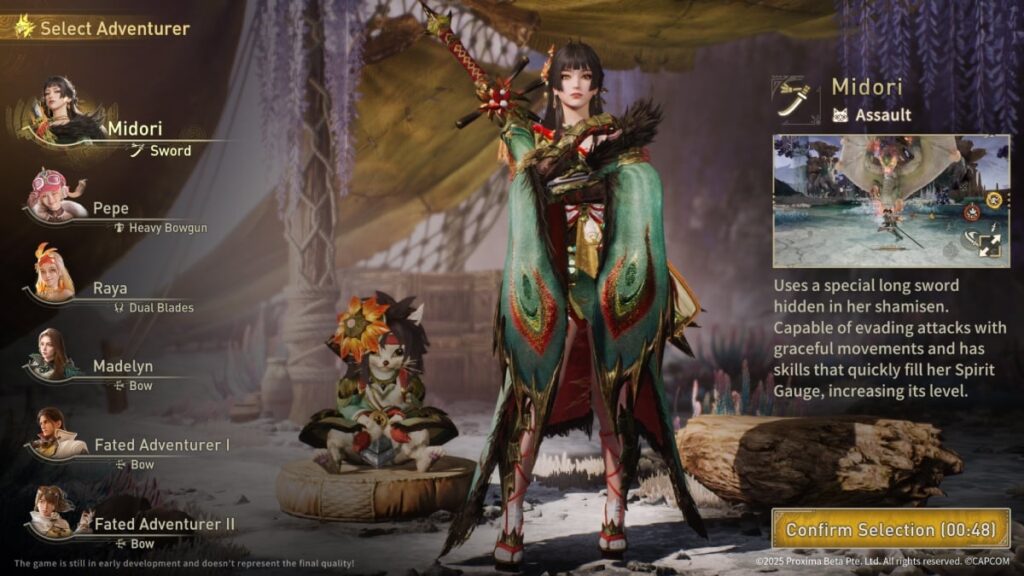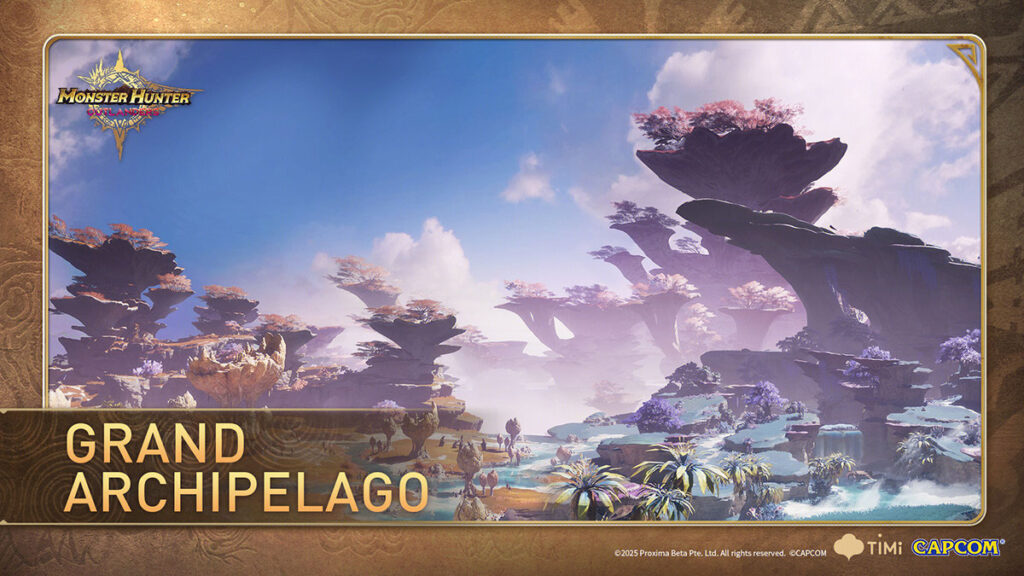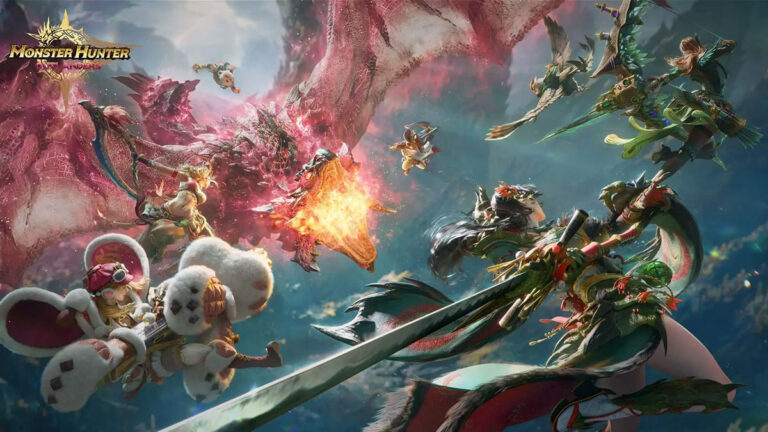Ever since its debut on PS2, Capcom has been chasing one wild idea with Monster Hunter. It tries to bring people into a living, breathing fantasy ecosystem filled with giant, earth-shaking monsters. The series flirted with that promise with every generation. From changing seasons in Dos to underwater exploration in Tri, but the hardware simply couldn’t sell the illusion. It wasn’t until Monster Hunter World that the company finally cracked the formula. World‘s seamless maps, dynamic turf wars, and rich visuals made its environments feel alive in ways no previous games had managed.
When Capcom unveiled Monster Hunter Wilds — or Monster Hunter World 2.0, as fans often said — expectations naturally skyrocketed. Wilds aimed to double down on World‘s ecosystem fantasy, but unfortunately, it ended up feeling like a fancy zoo. The new biomes looked spectacular, yet the game’s railroaded story quests and automatic Seikret control undercut the freedom of exploration. Worse, performance issues dampened the magic as Ceratonoth and Dalthydon often pop in and out just 10 meters in the background.
That’s why Monster Hunter Outlanders deserves a spot on every Hunter’s watch list.
On paper it sounds like a downgrade: a mobile Monster Hunter? All previous bite-sized attempts, like Explore or Now, only serve as a lunch break distraction. On the contrary, though, everything about Outlanders suggests it might deliver the open hunting ground many hoped Wilds should’ve perfected.
First of all, Monster Hunter Outlanders has been touted as an open-world game from the start. It embraces the series’ beloved material gathering and crafting gameplay loop while opening the gates to an actual free-roaming world through Aesoland Island. Hunters can actually chop down trees to build their own camps and other supporting tools, such as portable cannons, instead of just crafting Potions. They can glide across steep cliffs and explore dangerous forests similar to its peers like Genshin Impact. All done seamlessly without the stop-and-load transitions of older games or Wilds‘ map borders.
Capcom and Tencent’s TiMi Studios haven’t forgotten the heart of Monster Hunter either. Combat still looks snappy and it’s been reworked for Android and iOS; although rumors of a PC client abound. Monster Hunter Outlanders trades complex combo inputs for streamlined button presses that still capture the fun of Great Sword charges or Insect Glaive vault. It comes complete with a new lock-on system that keeps the action readable on smaller screens.
But that’s not all as Monster Hunter Outlanders will still deliver solid solo and multiplayer experiences even on mobile. Just like other entries, Hunters is free to create their own ‘Adventurer’ main character as well as craft their armor and weapons. Cooperative play is also confirmed, allowing up to four Hunters to hunt or share resources in real-time. Players can form Adventure Groups and perform ‘co-op skills’ to inflict massive damage on specific monsters’ body parts.

(Click to expand)

(Click to expand)
However, solo players are given the option to recruit additional Adventurers with distinct combat roles — Assault, Disruptor, and Support. Each member doesn’t just bring unique abilities but also their own Buddies companions. There’s the classic Palico cat for Assault and the new partners: Rutaco monkey for Disruptors and the Trillan bird for Support.
From the previews so far, Monster Hunter Outlanders looks less like a side project and more like the successor to World‘s grand experiment. Mobile or not, by focusing on streamlined controls, true open-world exploration, and the resource-driven crafting loop, Capcom may have finally found that sweet spot. If Wilds is like riding a safari jeep without shock absorbers, Outlanders might be the untamed wilderness trek fans have been craving all this time.
Limited closed beta test recruitment is currently underway until November 7th, and planned to be running in mid-November. We suggest enter the survey before it’s too late for a chance to join the hunt.
